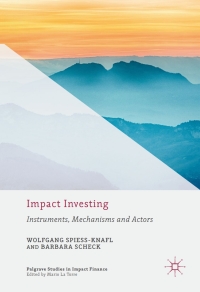Question
Problem #2 (50 points) Assume that all drivers are risk averse with utility U(W) = W. Each driver has cash in the amount of $1,000
Problem #2 (50 points) Assume that all drivers are risk averse with utility U(W) = W. Each driver has cash in the amount of $1,000 and owns a car worth $3,500 (thus initial wealth W 0 = $4, 500 for all drivers). However, drivers have different probabilities of crashing their cars; some are high risk (pH= 30%), some are medium risk (pM= 20%), and others are low risk (pL= 10%). There are only two states of the world, crash and no crash. In the crash state, drivers suffer a total loss; i.e., cars become worthless whenever crashes occur. Insurance is available, although it is not compulsory. Thus, drivers insure themselves only if the expected utility of being insured exceeds the expected utility of going without insurance. While insurers know that there are equal numbers of high, medium, and low risk drivers, there is asymmetric information; specifically, insurers cannot identify which drivers are high, medium, and low risk.
A. SomeStates Insurance Company is a monopolist; it has no competitors, so insurance can only be obtained from SomeStates. SomeStates offers full ( = 1) coverage insurance policies for $700. Which drivers purchase policies at this price, and which drivers go without insurance? What is SomeStates Insurance Companys average profit (or loss) per policy sold?
B. Suppose SomeStates Insurance Company raises the price for full coverage insurance policies from $700 to $875. At this price, which drivers purchase policies and which drivers go without insurance? What is SomeStates Insurance Companys average profit (or loss) per policy sold, given this increase in price?
C. Suppose a new insurance company (Regressive Insurance Company) is formed for the purpose of challenging SomeStates Insurance Companys monopoly. Regressive offers three different policies: 1) a full coverage ( = 1) policy for $1,000, 2) a partial coverage ( = .4) policy for $280, and 3) a partial coverage ( = .15) policy for $52.50. Which policies offered by Regressive and SomeStates (if any) will high, medium, and low risk drivers select in this more competitive environment?
D. What impact will Regressives entry into the insurance market have upon the average profit (or loss) per policy sold by SomeStates Insurance Company?
E. What is the average profit (or loss) per policy sold by Regressive Insurance Company?
Step by Step Solution
There are 3 Steps involved in it
Step: 1

Get Instant Access to Expert-Tailored Solutions
See step-by-step solutions with expert insights and AI powered tools for academic success
Step: 2

Step: 3

Ace Your Homework with AI
Get the answers you need in no time with our AI-driven, step-by-step assistance
Get Started


